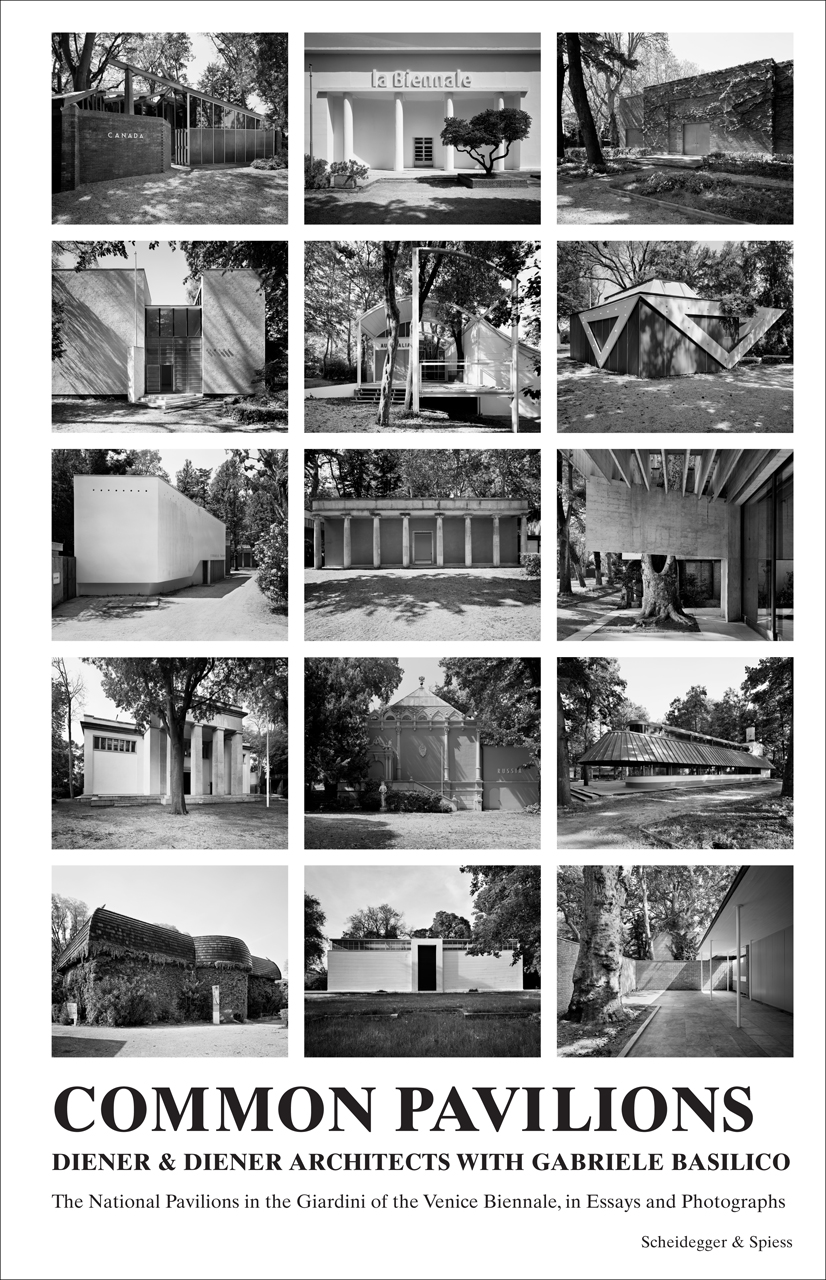Craig Buckley: Graphic Apparatuses: Architecture, Media, and the Reinvention of Assembly 1956-1973 (2013)
Filed under thesis | Tags: · architecture, assembly, collage, history of architecture, machine, media, montage
“This study examines the work of a number of architects who sought to rethink the physical, visual, and historiographic problems of assembly at a moment when the discipline was being destabilized by changing cultural politics and the proliferation of new electronic media.
Through a series of case studies, it analyzes buildings, images, publications, prototypes, and films made from the late 1950s to the early 1970s by architects in London (Theo Crosby and Edward Wright), Vienna (Hans Hollein, Gunther Feuerstein, Walter Pichler), Paris (the Utopie group), and Florence (the Superstudio group).
I argue that during these years the making of composite images was intensely identified with imagining new forms of construction, a dynamic informed by concepts of montage pioneered by the historical avant-gardes. Rather than compare postwar experiments to those of the 1920s, the dissertation considers how emerging media practices responded to the absorption of montage into postwar mass culture. The rethinking of montage paralleled a changing attitude toward machines, in which an earlier 20th-century ambition to master mechanization through design and prefabrication gave way to an attitude emphasizing a more flexible combination and rearrangement of parts, materials, and concepts drawn from a wide range of sources. Assembling an image out of disparate photomechanical elements graphically enacted the manner in which architects imagined appropriating technologies and materials from outside the domain of architecture in a bid to transform the discipline. During these years architects engaged montage as a mode of working both within and against the space of architectural publicity; one that was less illustrative than it was performative.
If efforts to reinvent problems of assembly aimed to shift discourse within the discipline, they were also shaped by changes in the technological apparatuses of mechanical reproduction, notably the displacement of industrial letterpress by photo-offset lithography. In retrospect, grasping changing ideas of assembly helps to comprehend how during these years the status of building shifted within architectural culture, while also prefiguring how habits of “cut and paste,”–the continual combination and alteration of ready-made visual material–would become central to the operational culture of digital tools in our own time.”
Publisher Architecture Department, Princeton University, 2013
Advisors: Beatriz Colomina and Spyros Papapetros
316 pages
PDF (12 MB)
Comment (0)Diener & Diener (eds.): Common Pavilions (2013)
Filed under book | Tags: · architecture, exhibition, history of architecture

A collection of essays and podcasts by 33 authors on the 29 national pavilions, the setting for both the Art Biennale and the Architecture Biennale in Venice.
“The essays written by architects, historians of art and architecture, artists, and philosophers, discuss the identity of the architecture and its perception in this unique public space. The authors either outline the premises and concepts that underpin the pavilions’ form to develop a loose history of ideas; discuss the ways the pavilions have been outfitted over time; or else talk about their own personal engagement with the architecture. Written in the respective national languages of the pavilions, the essays have been translated for the podcast into English and recorded by actors and presenters.”
Created for an installation for the 13th Architecture Biennale in Venice 2012 by Diener & Diener Architects, Basel.
Photographs by Gabriele Basilico.
Also published as a book by Scheidegger & Spiess, Zürich, 2013
ISBN 9783858817341
288 pages
Aldo Rossi: The Architecture of the City (1966–) [IT, DE, EN, BR-PT, CR]
Filed under book | Tags: · architecture, city, design, history of architecture, neo-rationalism, theory, urbanism

“Aldo Rossi, a practicing architect and leader of the Italian architectural movement La Tendenza, is also one of the most influential theorists of the second half of the 20th century. The Architecture of the City is his major work of architectural and urban theory. In part a protest against functionalism and the Modern Movement, in part an attempt to restore the craft of architecture to its position as the only valid object of architectural study, and in part an analysis of the rules and forms of the city’s construction, the book has become immensely popular among architects and design students.”
First published as L’architettura della città, Padova: Marsilio, 1966.
English edition
Introduction by Peter Eisenman
Translation by Diane Ghirardo and Joan Ockman
Revised for the American Edition by Aldo Rossi and Peter Eisenman
Publisher Graham Foundation for Advanced Studies in the Fine Arts, Chicago; Institute for Architecture and Urban Studies, New York; and MIT Press, 1982
Oppositions Books series
208 pages
Reviews and commentaries: Adolf Max Vogt & Radka Donnell (Journal of the Society of Architectural Historians, 1983), Mary Louise Lobsinger (Journal of Architectural Education, 2006), Farida Nilufar (Protibesh, 2004).
L’architettura della città (Italian, 1966/2006, 137 of 235 pages, 3 MB, via)
Die Architektur der Stadt (German, trans. Arianna Giachi, 1973/1998, 6 MB, added 2015-7-18)
The Architecture of the City (English, trans. Diane Ghirardo and Joan Ockman, 1982, pages 20-27 & 164ff missing, 49 MB; OCR version added 2015-7-5 via Marcell Mars, 46 MB)
A arquitetura da cidade (Brazilian Portuguese, trans. Eduardo Brandão, 1995/2001, 83 MB, added 2015-6-30)
Arhitektura grada (Croatian, trans. Sanja Bingula, 1999, 5 MB, via Sara Renar, updated 2015-6-30; OCR version added 2015-7-5 via Marcell Mars, 20 MB)

